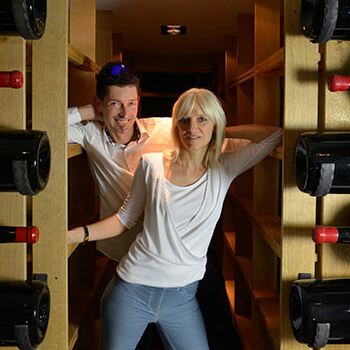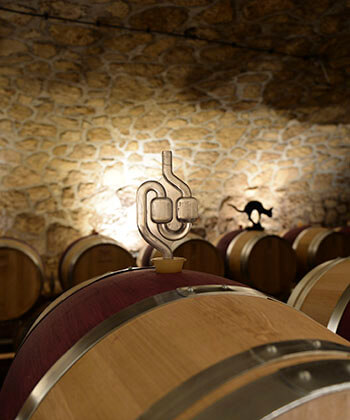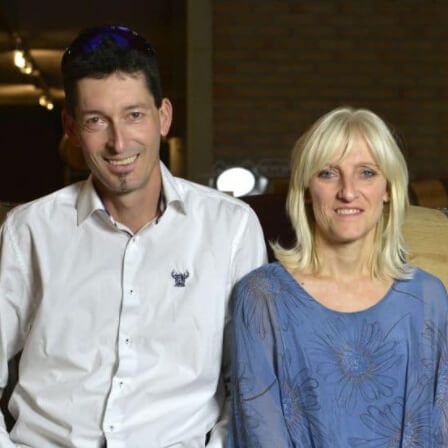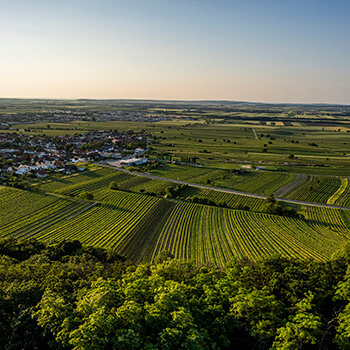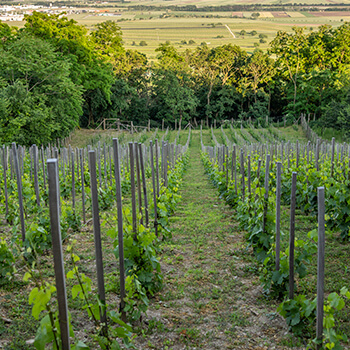
2020 BLAUFRÄNKISCH LEITHAKALK Weingut Kollwentz
Burgenland Austria
14%
Red
Blaufränkisch.
Vegetarian, Vegan
The 2020 Blaufränkisch Leithakalk was harvested from the Point and Setz sites. It was matured in small used barrels for two years. Intense blueberry comes with overtones of cinnamon and a distinct note of wet chalk....(read more)
Anne Krebiehl MW, Vinous.com
2022 LEITHAKALK Chardonnay Weingut Kollwentz
Burgenland Austria
13.5%
White
Chardonnay.
Vegetarian, Vegan
The 2022 Chardonnay Leithakalk was harvested in the Tatschler, Gloria, Neusatz and Tatterstein vineyards and fermented and aged on gross lees for half a year in large barrel. The nose has the full fruit of yellow plum, r...(read more)
Anne Krebiehl MW, Vinous.com
